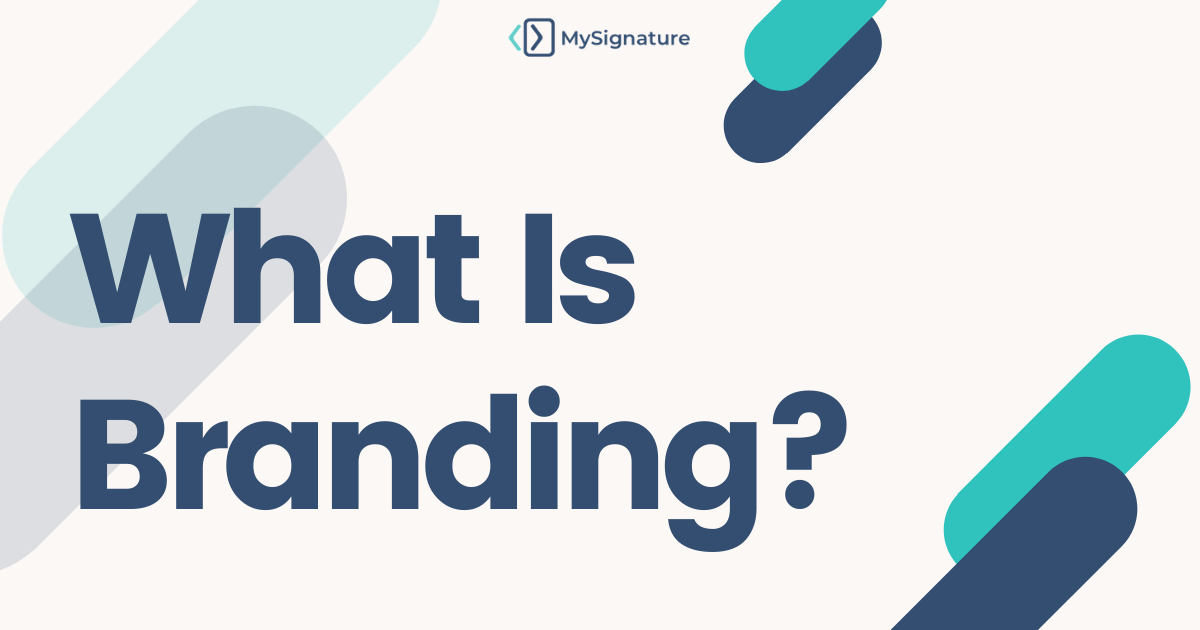Branding is a critical aspect of any business, but it’s often misunderstood. Many people think of it as just a logo, a website, or a distinctive typeface. While these elements are part of your brand, they don’t encompass its full meaning.
In this article, we’ll explore what branding and brand really are and why both are important more than ever for your business.
Key Takeaways
👉 Strong branding boosts recognition, trust, and business value, setting you apart from competitors.
👉 Key elements of branding include your logo, brand guidelines, tone of voice, and website.
👉 Building a brand involves knowing your audience, establishing a market position, and maintaining consistent visuals.
👉 Focus on personal branding, clear messaging, and customer experience to strengthen your brand.
What’s a brand and branding in business?
Let’s start with the basics. What is a brand? And what is branding?
Your brand is how people perceive your company. It’s the brand image, reputation, and emotional connection your business evokes in customers’ minds. A brand encompasses everything from your company’s values and mission to its visual identity and customer experience.
When it comes to branding definition, you should be aware that many people use brand and branding as interchangeable words. However, they aren’t. Your brand is about who you are and what you do; it is the result of the branding effort. Branding is the process of creating, maintaining, and strengthening a brand.
Why is branding important?
Now that you know the answer to the question “What is branding in business,” let’s figure out why you might need it. Without branding, your business is just one of millions. Good branding helps you make an impact on customers, allowing you to differentiate your products or services from rivals and become the number one business in the niche you occupy.
To be more specific, branding can help you achieve the following:
Create recognition
Branding helps create a distinct identity for your business. When people see your logo, colors, or hear your business name, they should immediately recognize it. For example, Coca-Cola’s red and white logo is instantly recognizable around the world, and tools like Atom’s AI-powered business name generator make it easy to come up with a powerful name for instant brand recognition. This level of recognition keeps your business in consumers’ minds, making it easier for them to choose your products or services over others. Such recognition enhances your brand value and fosters strong customer loyalty.
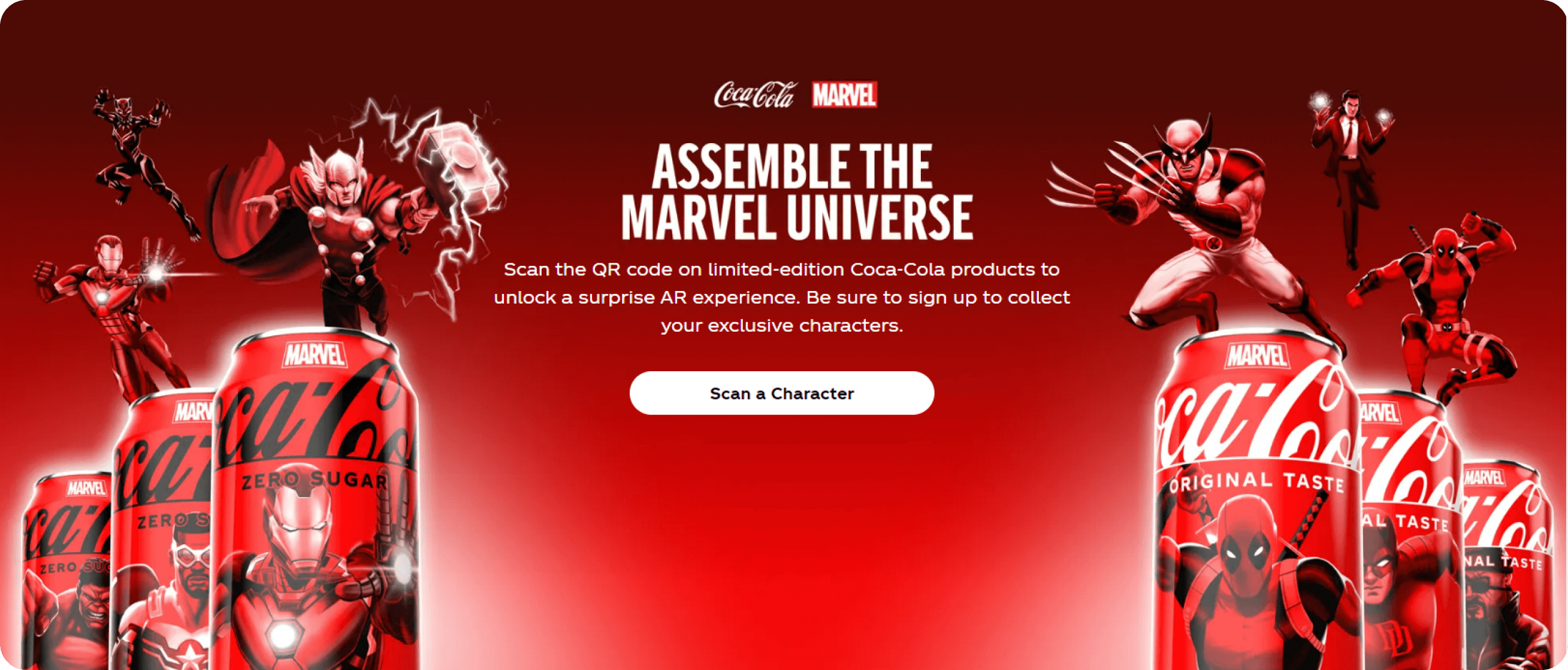
source: coca-cola.com
Increase business value
A strong brand can significantly increase your business value by giving it a well-defined place in the market. This makes it easier to attract new customers and retain existing ones. For instance, Apple’s brand has turned it into one of the most valuable companies globally, as its branding conveys innovation and quality, making it a sought-after business asset.

source: thebrandingjournal
Make business more competitive
Branding differentiates your business from competitors. It highlights what makes you unique and why customers should choose you. Nike’s “Just Do It” campaign, for example, emphasizes inspiration and athletic excellence, setting it apart from other sports brands. This distinct identity gives Nike a competitive advantage and shows how strategic branding and marketing can elevate a brand above its competitors.

source: bigredjelly.com
Create trust and credibility
A strong brand also builds trust and credibility, making customers and partners more likely to engage with your business. When you consistently deliver on your brand promise, you establish a strong reputation. Think of how Google has become synonymous with reliable search engine performance, which fosters trust among its users and partners. And businesses can also strengthen internal trust and engagement by recognizing achievements through an employee rewards software, which helps reinforce company values and positive workplace culture.
Support advertising
Effective branding makes your advertising efforts more impactful. When people are familiar with and trust your brand, they are more likely to respond positively to your advertisements. For example, Apple’s consistent and high-quality branding means that its ads often generate significant buzz and engagement. A strong brand reduces the need for hard-selling tactics, as customers already have a positive perception of your business.
What are the elements of branding?
Now that you know why branding is important let’s walk through branding elements that are required to represent/differentiate your brand.
Logo
Your logo is a crucial element of your brand’s visual identity. It should include a specific color palette, different types or styles for various uses, and clear guidelines on its appropriate usage. Taking the time to create a logo that reflects your brand’s identity helps ensure consistency across all platforms. A well-designed logo shows customers your brand’s values and helps shape their perception of your business.
Brand guidelines
Brand guidelines are the blueprint for maintaining consistency in your branding efforts. Branding requires these guidelines to include rules for writing and using content, as well as specifications for elements like color palette, fonts, wordmarks, and other visual aspects. Following these guidelines ensures that your brand storytelling is cohesive and aligns with your company’s mission and core values.

source: looka.com
Tone of voice
Your tone of voice is how your brand communicates with its audience. It reflects your company culture and shapes the way customers perceive you. Consistent use of a distinct tone of voice can make your brand more relatable and trustworthy. This consistency is crucial for brand management and helps maintain a clear and cohesive overall brand identity.
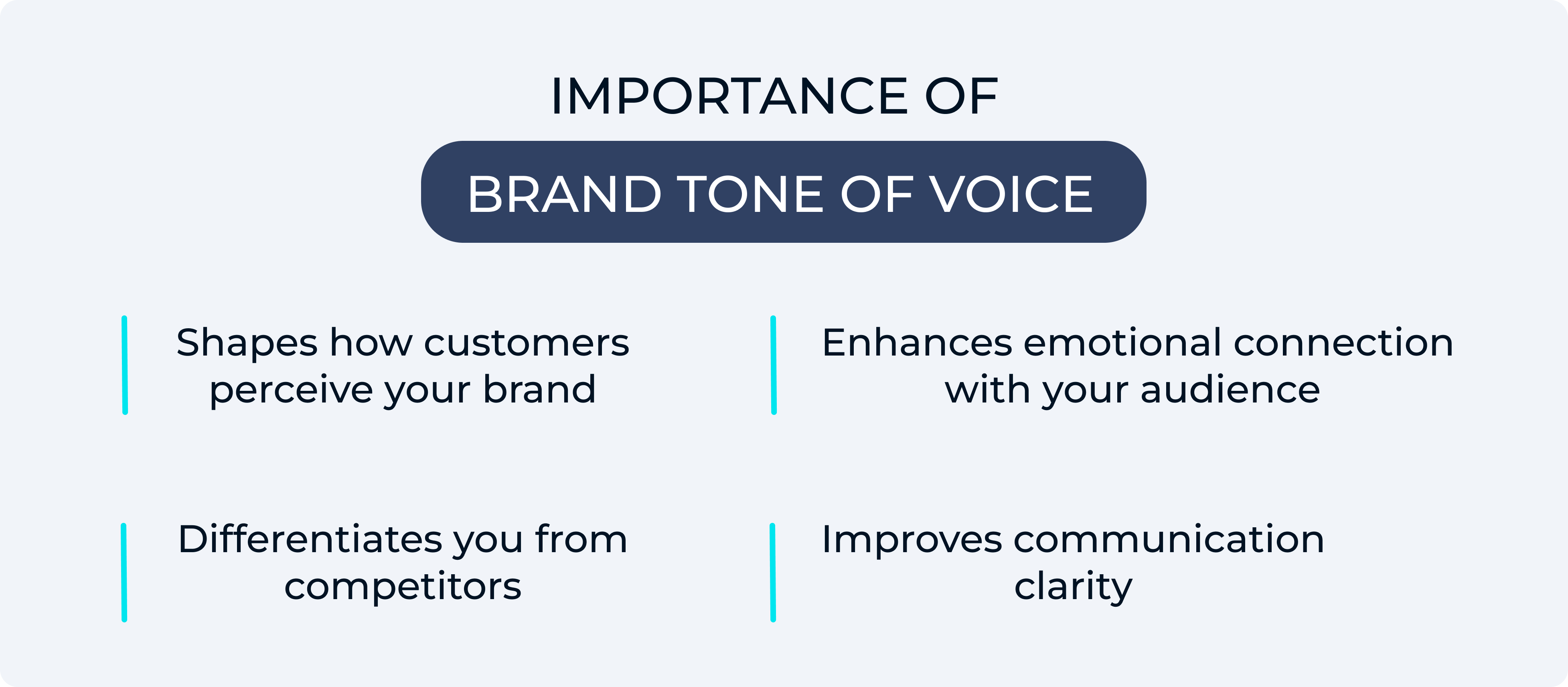
Website
A user-friendly website is one of the major brand elements. It reflects the general idea behind your business and is often the first point of contact for potential customers. The visual design of your website should align with your brand’s aesthetics and values. Keep in mind that the right placement of brand elements across website pages can also significantly increase conversions.
Email signature
You can also come up with some other company branding ideas such as business cards, product packaging, event flyers, and even email signatures. All are important and can make a huge contribution to your business image. Email signatures, in particular, are a powerful branding tool. A well-designed email signature can include your company logo, contact information, and links to your website or social media profiles. It can also feature calls to action, such as requesting feedback or providing a direct link to customer support.
By using a tool by MySignature, you ensure all email signatures across your organization are consistent and professional, enhancing your brand’s visibility and providing a convenient way for customers to engage with your business.

Essential steps to create a brand
You now understand the importance of branding and its key elements, but how do you actually create a brand? Here are the specific steps to follow.
Step 1: Research your target audience
The first step in company branding is to find out for whom you are creating a brand. To target your audience, it’s not enough to know the age or country of your consumer. It’s crucial to know their needs, goals, and pain points.
Why exactly is your product valuable? What problem does your business solve? How can you reach out to them? These are questions you should ask yourself before creating a brand strategy.
Don’t forget that your brand has to distinguish you among competitors. Analyze which competitors your consumers already know and what influences their choice.
Step 2: Establish your position in the market
Did you know that 81% of consumers need to trust a brand to consider buying? If you want to build a trustworthy relationship with your audience, you should have a firm position in the market. To stand out in this severe competition, you have to find your unique niche and positioning in it.
This includes defining how your product is perceived in the eyes of your target audience and how they perceive the products of your competitors. Identify your brand’s unique selling proposition (USP) – what sets you apart? Distill your USP into a clear and concise message that resonates with your target audience.
Step 3: Design visual identity
55% of brand first impressions are visual. It means that even if you have a fantastic product, you can still be ignored without a visual identity.

The biggest part of your brand strategy is the creation of the visual attributes of your business. There is a list of branding elements that are required for successful branding, like typography or brand colors.
Your brand visual identity should reflect your business’s goals and values. It’s important to use these branding elements in all touchpoints: the website, email newsletter, and social media profiles.
Step 4: Apply your brand strategy
Analyze which channel would be most effective for promoting your business: managing social media, launching marketing campaigns or leveling up your website position with search engine optimization (SEO). There are special branding tools that can help you promote the product.
Before choosing channels for brand marketing, you should also pay attention to the habits of your customers. Like what platform they prefer and how they engage with other brands. This insight will help you reach out to your target audience.
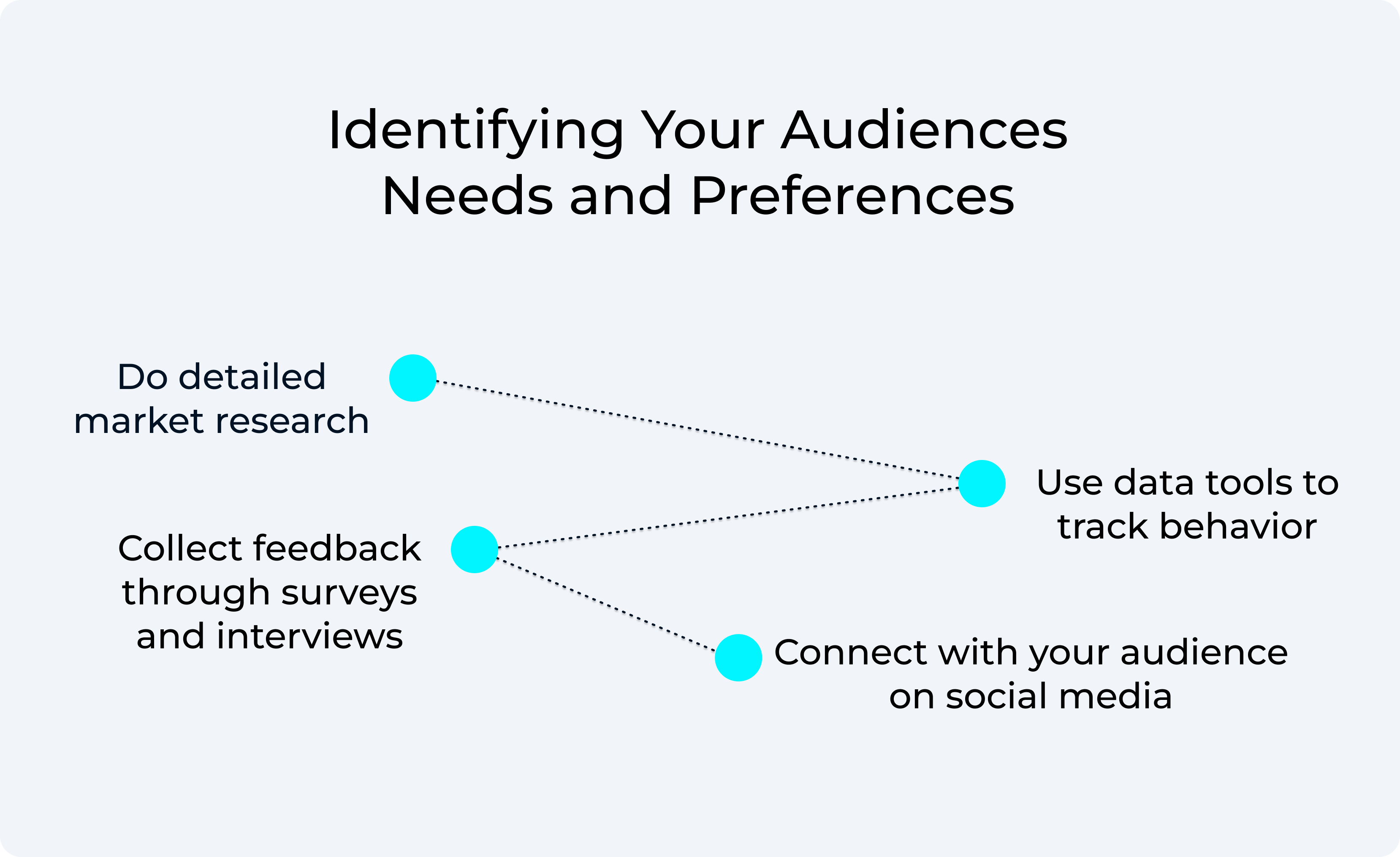
Step 5: Analyze and modify your strategy regularly
Once your brand growth strategy is in place, it’s important to regularly track and analyze its performance. Use marketing tools like Google Analytics and SurveyMonkey to measure key metrics such as brand awareness, customer perception, sales, website traffic, and social media engagement.
Ensure that your brand message is consistent, relevant, and resonates with your audience. Use A/B testing to refine your messages. Adjust your marketing channels based on their effectiveness and focus your budget on the top performing channels.
Keep your visuals up to date and consistent across platforms. Monitor your competitors to learn from their successes and maintain your unique selling points. Gather feedback from customers and employees to continually improve your brand experience.
Regularly reviewing these areas will help your brand stay dynamic and effectively engage your target audience.
7 Branding tips for building a strong brand
As you already know, creating a clear brand that resonates with your audience is critical to business growth. Whether you’re focusing on business branding or building a personal brand, strong branding can set you apart from the competition and help you connect with your ideal customer. Here are some in-depth tips to help you improve your brand strategy in 2024:
Tip 1: Understand what personal branding is
There is a popular belief that only big companies need to worry about branding, but that is far from the truth. What is personal branding? It’s the practice of marketing yourself and your career as a brand. In 2024, personal branding is more important than ever. Even if you own a business, people are more inclined to buy from individuals rather than faceless entities. A well-developed personal brand provides a strong online presence, builds credibility, and attracts new opportunities.
For example, a beauty company founder might share their expertise through social media posts, showcasing their knowledge and personality to connect with their audience. This not only enhances their personal brand but also adds a human touch to their business, making it more relatable and trustworthy.

source: brandvm.com
Tip 2: Define your brand identity
Your brand identity refers to the visual and emotional aspects of your brand that communicates who you are and what your business stands for. This includes your logo, color palette, typography, and overall visual design. For instance, Apple’s minimalist design and clean aesthetics shows customers its commitment to innovation and simplicity. Make sure your brand's visual assets, from billboards to website graphics, align with your core values and resonate with your target market.

source: unsplash
Tip 3: Develop a clear brand message
Your brand message should clearly convey what your company offers and how it benefits your customers. It communicates your brand promises, values, and unique selling points. A strong brand message can create emotional cues that resonate with your audience. For example, Nike’s “Just Do It” slogan is more than a tagline; it’s a marketing concept that inspires and motivates their audience.
Tip 4: Differentiate your brand
To stand out in a crowded market, highlight your brand’s distinctive features. Identify what makes your brand unique and emphasize this in your marketing communications. For example, Patagonia’s commitment to sustainability and environmental activism sets it apart from other outdoor apparel brands. This sustainability commitment has become a core part of their brand identity, attracting a loyal customer base who shares these values.
Tip 5: Create relevant content
Producing relevant content is essential if you want to build a strong brand. Share content that addresses the needs and interests of your audience. For example, if you run a fitness business, share workout tips, healthy recipes, and success stories to connect with your audience and demonstrate your expertise. Use customer testimonials, success stories, and case studies to build credibility and trust.

Use a link in bio tool to direct followers to your blog, online store, or other key links, making it easier for them to engage with your content. Regularly update your content to keep it fresh and engaging, helping you reach both existing customers and new audiences. This strategy will enhance your brand’s authority and foster a loyal customer base.
Tip 6: Engage in strategic partnerships
Form partnerships with other brands or influencers that align with your values and target audience. A great example of this is the collaboration between Nike and Apple. By partnering with Apple, Nike was able to integrate their fitness products with Apple’s technology, creating the Nike+ app for Apple devices. This partnership not only expanded Nike’s reach to Apple’s tech-savvy audience but also enhanced their brand credibility by associating with a leading technology brand. Such collaborations can provide mutual benefits and elevate both brands in the eyes of consumers.
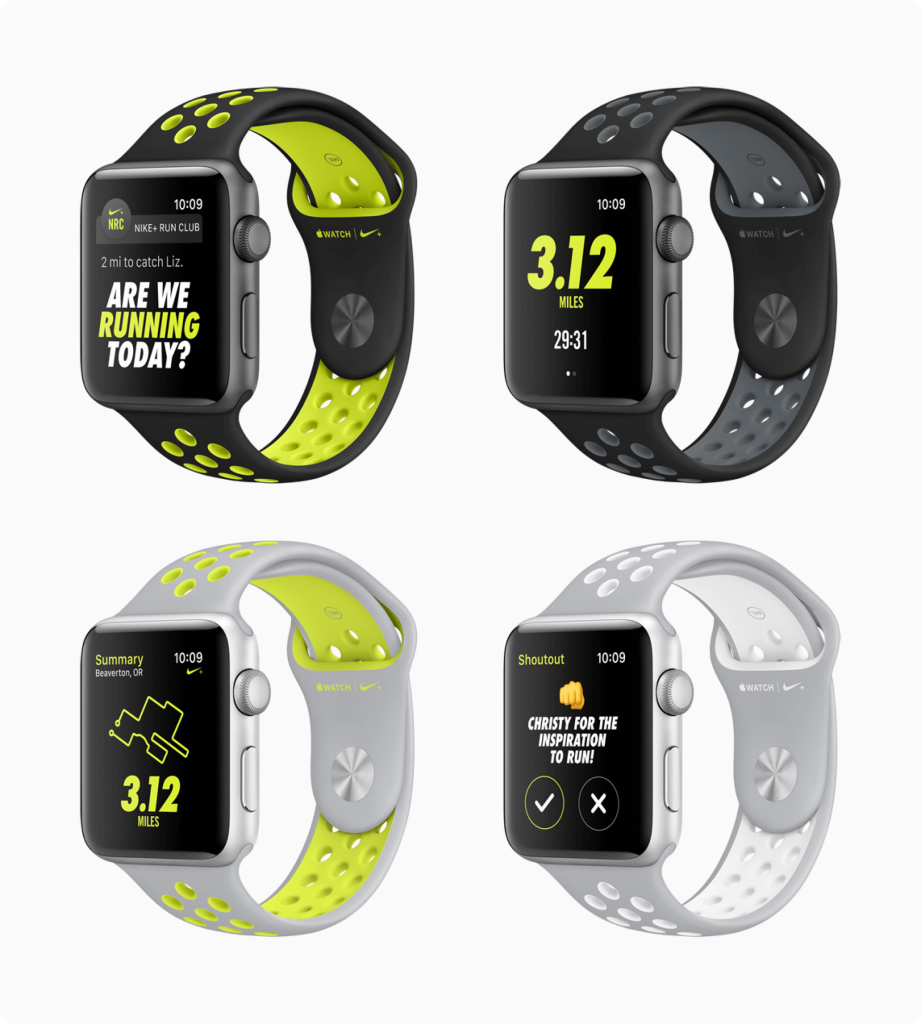
source: apple.com
Tip 7: Prioritize customer experience
Delivering an exceptional customer experience can significantly impact your brand’s reputation. Ensure that every interaction, from customer service to product delivery, is smooth and positive. Happy customers are more likely to become loyal brand advocates. A good example is using email signatures to enhance customer experience. By including a link to customer support or a feedback request in your email signature, you make it easy for customers to reach out or provide feedback. This not only shows that you value their input but also streamlines their experience with your brand.
For a professional and efficient way to manage email signatures, consider using MySignature email signature generator. It allows you to create and manage consistent, branded email signatures that can include these helpful links, making it convenient for both your team and your customers.

Final thoughts
Everything has a brand: a company, a city, a person. When people know about you, they think about you. People value everything because it makes it easier to segment information. Even if you think your little store doesn’t have a brand, it does. Even if it has no name, it can still be “the green store by the bus station.”
By working on your brand, you can shape people’s perceptions to fit your desired image, rather than leaving it to chance or letting your competitors define it for you. By actively managing your brand, you ensure that the key traits and values you want to communicate are clear and compelling, helping to create a positive and memorable impression in the minds of your audience. This proactive approach to branding can significantly enhance your reputation, attract loyal customers, and ultimately drive business growth.
FAQ
What is brand identity?
Brand identity is the collection of visual and tangible elements that represent your brand and distinguish it from others. This includes your logo, color palette, typography, brand voice, and overall style. It shapes how your audience perceives your brand and ensures consistency across all marketing activities. Essentially, brand identity is how you want your brand to be seen and experienced.
What is brand experience?
It’s about designing a sensory experience that brings a customer into lasting and meaningful relationships with a brand. It includes all aspects of a customer's interaction with a brand, including visual elements, messaging, customer service, and overall experience.
What is brand positioning?
Brand positioning refers to the process of establishing a brand’s unique place in the market and in the minds of consumers. It involves defining how the brand is different from competitors and what value it offers to the target audience. Effective brand positioning is essential for creating a strong association with your brand’s core values and differentiating it from others.
What is brand strategy?
A brand strategy is a comprehensive plan that outlines how a brand will achieve its goals, communicate its message, and differentiate itself from competitors. It encompasses the brand’s values, mission, and personality, guiding all marketing and business activities to create a consistent and impactful brand experience. The power of branding strategy lies in its ability to align all aspects of the branding process and drive long-term success.
What is brand marketing?
Brand marketing is a set of strategies focused on creating and promoting a brand name. It involves developing a unique design, establishing creative communications, and executing marketing activities that set a product apart from competitors. The goal is to build a strong brand identity and enhance brand recognition.

